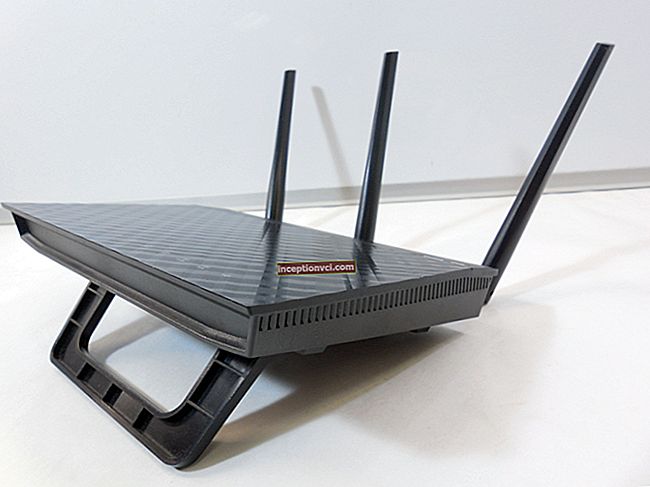The thermostat stabilizes the heat, the battery will receive exactly as much heat energy as is necessary for the given parameters. You will be able to reduce the heating power when no one is at home. When leaving on vacation, screw the battery down to a minimum so that the system does not defrost. Thus, you do not have to pay for unnecessary heat.

The principle of operation of the thermostat is based on the interaction of two elements - a valve and a thermostatic head.
- The thermal head "reads" the room temperature thanks to a bellows - a corrugated cylinder filled with a substance that responds to heat fluctuations.
- The bellows is connected to the stem and the valve: if it’s cold, it contracts and opens the valve, and when it’s hot, it closes.
The principle of operation of the thermostat is shown in the diagram

The thermostat is not connected to the mains, it is autonomous and works for decades.
Which thermal heads to choose
Choose a regulator based on the characteristics of the heating system in your home.
- For one-pipe - where there are no return pipes of water supply, and two-pipe - where there are risers, gravity heating systems are suitable for valves with increased flow capacity and low hydraulic resistance (for example, Danfoss thermal heads marked RA-G, RA-KE, RA-KEW).
- For two-pipe systems equipped with circulation pumps, control valves are produced (Danfoss markings RA-N, RA-K, RA-KW).
The thermal head is installed on the radiator only horizontally in order to prevent heat from the pipe from entering the temperature-sensitive element. But there are exceptions to the rule when you cannot screw directly to the battery:
- if it is hidden behind a decorative panel,
- heavy curtains cover the radiator,
- there is a wide window sill above the battery.
Buy a remote controller with a temperature sensor complete with a 2 meter capillary tube and attach it to the wall. The remote sensor and regulator should be mounted on a section of the wall that is not cluttered with furniture, at a height of 1.5 meters from the floor:
- fix the mounting plate with dowels to the wall and snap the sensor body with light pressure;
- Fix the capillary tube to the wall with plastic clamps supplied with the thermostat.
How to adjust the radiator
There is a digital scale on the thermal head. Adjust the desired temperature by turning the knob. The temperature grid displays the relationship between the symbols on it and the room temperature. However, the indicated values are approximate, since the temperature in the room is slightly different from the air temperature around the thermostat.
One hour after adjusting the thermocouple, check the room temperature with a thermometer. If necessary, set the regulator to the mark for the optimum temperature.
| Thermal head designations | Temperature, ° C |
| * | 6-7 ° C |
| 1 | 14-15 ° C |
| 2 | 17-18 ° C |
| 3 | 20-21 ° C |
| 4 | 23-24 ° C |
| 5 | 26-27 ° C |
In order to properly install the thermal head on the radiator, it is better to contact a professional installer.
Useful article: "What is the difference between a condensing boiler and a conventional one"
Watch the video of installing a thermostat on a heating radiator with presetting









